
TOM BOSWELL
Biography
Thomas M. Boswell was born on October 11, 1947 in Washington, D.C. After graduating from ]Amherst College in Massachusetts in 1969, he began working at The Washington Post. Though he is extremely versatile, Boswell is best known for his baseball writing. He is credited with inventing the total average statistic, which is designed to measure a hitter’s overall offensive contributions.
He was a national baseball writer at The Post and also covered the Baltimore Orioles. He because a full-time columnist in 1984.
In 1994, he appeared in the Ken Burns series “Baseball,” providing commentary on the history of America’s pastime. He also appeared in “The Tenth Inning,” Burns’ 2010 extension of the series.
In addition to the Post, Boswell’s work has also appeared in Esquire, GQ, Playboy, and Inside Sports. He also makes frequent television appearances.
Boswell has written seven books about baseball and golf - compilations of his greatest work as a sportswriter.
Interviewed by Daniel Kerry and Matt Present in 2014
Igrew up behind the National Mall in Washington. I used to play on the mall; I would ride my bike around where RFK stadium was built, I hung out in Adam’s Morgan, so I guess you could say I have a pretty good pulse of the city.
Journalism was a wonderful accident.
I went to Amherst College thinking I’d be a math or physics major. I started out as a pre-med student, but the material didn’t come easy for me. I was classmates with David Roberts, now a professor at Brandeis University teaching astrophysics, and everything came easily to him.
I decided to switch my major to English. I wrote political stories for my college paper. I wrote a lot about the Vietnam War, but never wrote about sports until I arrived at The Post in 1969.
When I graduated from Amherst I figured I’d go to law school. It’s a great refuge for the undecided. That summer though I was at the dentist and my dentist knew Bob Addie, a sports columnist at The Washington Post, and he said just go down to The Post and tell Bob I sent you.
Within my first few months at The Post I’d found a home. I would work in the composing room, so I had to learn to read upside down and backwards.
I got my first byline in November of 1969. I got to write eight to ten paragraphs on a high school football game between DeMatha and Carroll. It was six months before I got to write again, but it was the bait that got me hooked.
Back then, no rosters were handed out before the game. One time, I ended up getting the name of both quarterbacks for one team wrong. I thought the backup had replaced the starter when in actuality the third-stringer replaced the backup. You get to make every conceivable mistake at a low enough level, that’s the bright spot of covering high school sports.
I was at the lowest level at The Post for the first two and a half years. I worked the night shift after that. I took phone calls from people who wanted information or wanted to tell us stories we should cover.
We normally did not give out game scores over phone, there were a few exceptions. I remember one occasion when a woman called in from her yacht and insisted on finding out the Redskins score.
Senators’ reliever Darold Knowles also used to call in from the bullpen to find out the results of horse races.
A lot of them were goofy stories. One was a guy who was attempting to throw a boomerang around the Washington Monument, for example. When we showed up he said “you don’t actually think anyone can do this do you?” But we did a story on it.
There was a woman who called in because her father, Harry Suit, had broken a duckpin bowling record. He bowled a 257 on his lunch break, just completely out of nowhere. We looked into it and he was averaging like a 99, so we did a story on that too.
I wrote many unsolicited stories too. I covered a bike race on the George Washington Parkway. I covered a nine-hole night golf event, played with glow in the dark golf balls.
I then began covering high school football. The Post covered about 130 to 140 high schools back then for sports. I visited all of them at least twice. I worked with Leonard Shapiro and Mark Asher covering the controversial and sociological stories. We covered recruiting scandals, teams stealing players from one another.
We covered stories such as Eleanor Roosevelt’s coach having to launder his team’s uniforms in an industrial washing machine in the basement of the school. We covered D.C. schools that were so poor that players on offense would pass their helmets to the defensive players when they ran off the field. We even covered a high school who had a guy camped out in a bread truck trying to spy on an opponent’s practice.
Covering high school sports was a really good experience. It taught me you can really hurt people if you get the facts wrong or take a quote out of context. This is especially true for high school, because they aren’t making the money that the pros are, so the damage you can do as a reporter is much greater.
In 1971, D.C. lost the Senators. Shortly thereafter all the veteran baseball writers in D.C. either left or retired. By 1975 there was a vacuum for talent. I was sent to cover the 1975 World Series, in which Carlton Fisk hit that famous home run, as the “national baseball writer” for The Post. No such thing had ever existed before, especially in a town without a team at the time. But that World Series really kept baseball’s presence alive in D.C.
A lot of credit for that goes to George Solomon. He joined The Post in 1972 and became the sports editor in 1975. George transformed The Post from the worst environment to the best. Prior to George, there was a gradual replacement by a younger generation, which led to an internal warfare for much of my first five years. He made it clear that there were no jerks allowed. He, along with Bill Gildea and others, set tremendous examples for young reporters.
George allowed me to continue as “national baseball writer” following the ’75 World Series. I got to go to Puerto Rico and Cuba. The Cuban National Team was the best amateur baseball there was. Even when Fidel Castro was strict, he was out of his mind a sports fan. It was also right around the time that Alberto Juantorena had won Olympic gold medals in Montreal, running the 400 meter and the 800 meter, so there was a sports buzz in Cuba.
I could do any story I wanted, I was given absolute and total freedom. I did stories about which gloves players preferred, or what bats they used.
In 1980, I became the Orioles beat writer. In 1983, the Orioles won the World Series and The Post picked up an enormous amount of readers.
When I started covering the Orioles I was about the same age as a lot of the players. It taught me to keep my distance and to respect the people I was covering, and maintain a strictly professional relationship. Back then, there were fewer people around a team. If you asked sensible questions, players would talk to you. I ended up covering the Orioles for 29 years. It was really a lucky accident, because I grew up hating the Orioles. It seemed like every time they played the Senators, one of their sluggers would always hit a three run homer in the first inning.
I also covered boxing. The fight between Sugar Ray Leonard and Thomas Hearns was the only ticket stub I ever kept: row 1 seat 1. It was like a corny boxing movie only real.
Sugar Ray had a ton of swelling under his left eye, from being jabbed at all night by Hearns. Between the 12th and 13th round his trainer Angelo Dundee came out and said “You’re blowing it son! You’re blowing it. The title is gone Ray.” To which Ray replied, “cut me.” Dundee said “okay, but it’s only good for one round, you must knock him out now!” It ended up being good for two rounds as Sugar Ray won in the 14th round.
I was very happy to get a baseball team back in Washington in 2005. George was probably even happier than I because he had promised Shirley [Povich] that we would get a team.
There were so many times since the Senators had left that we thought D.C. was going to get a team again. Redskins’ owner Jack Kent Cooke tried to buy the Pirates shortly after the Senators left. The San Diego Padres were rumored to move to D.C. in ’73 or ’74. Later on the White Sox were rumored to move to D.C. and then an expansion team was also talked about. So yes, I was very happy that baseball came back to the district.
I think most of all I was thankful for how the fans have embraced this team, following their success the past few seasons, twice having the best record in the National League, and in 2012 having the best record in baseball.
The country is like both a dream and a nightmare. The city is bigger, shinier, more advanced than the U.S., but the rural areas are operating like it’s still the 15th century. While I was in Beijing I wrote a column for 25 straight days, both on the games themselves and on China as a society. It was a very strict, controlled society, so it was interesting to see both the good and the bad in it.
One lesson I learned through my time as a reporter is to never assume an athlete’s reputation.
We used to play golf before work, but in the winter when it was cold we would bowl. I once bowled 23 games in one day and ended up tearing a ligament in my forearm.
Dick Allen was the only one to notice the scar. He interrupted my interview with him to tell me how it looked like the same scar he had, and asked me about it.
Now this is the guy who wrote “Phillies stink” in the infield dirt after they traded him away to St. Louis. He was thought of as a real jerk, but he noticed my scar and talked to me. Players never ever look at you when you are interviewing them.
Another lesson I learned is the more you know, the more you know. Everything is interconnected. It doesn’t add the knowledge, it multiplies it. People love reading stories on people, so the more you can dig up and put in a story the better.
The advice I would give to a young journalist is the same advice my father gave to me. And that is, “you are your habits.” You are defined by traits like how you treat people and what time you show up for work. That applies not only to journalism, but everything in life.
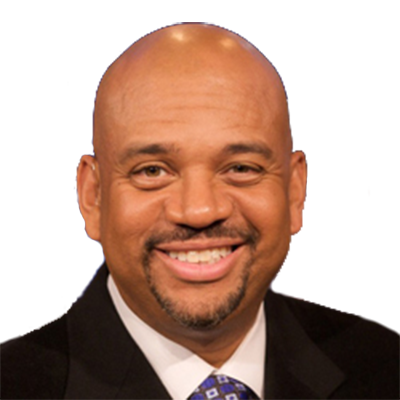 Michael Wilbon
Michael Wilbon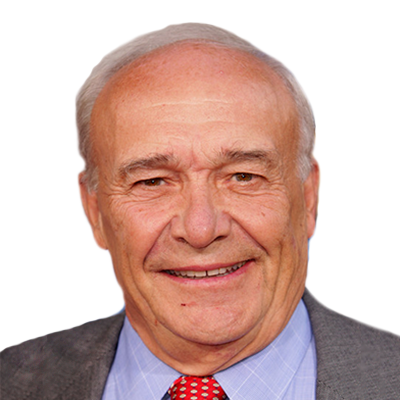 Bill Nack
Bill Nack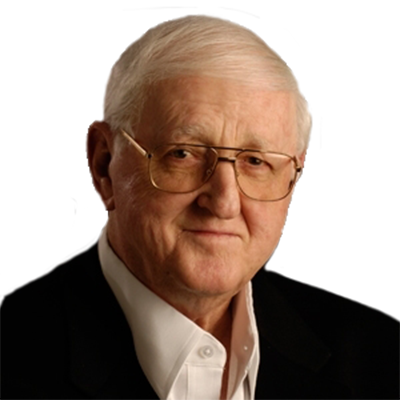 Dan Jenkins
Dan Jenkins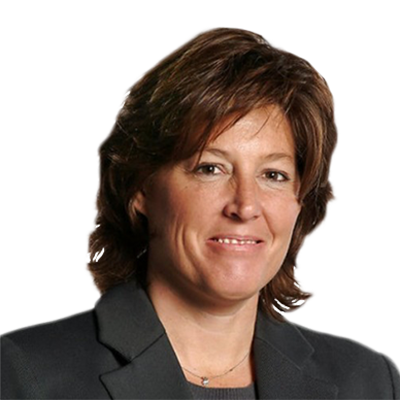 Sally Jenkins
Sally Jenkins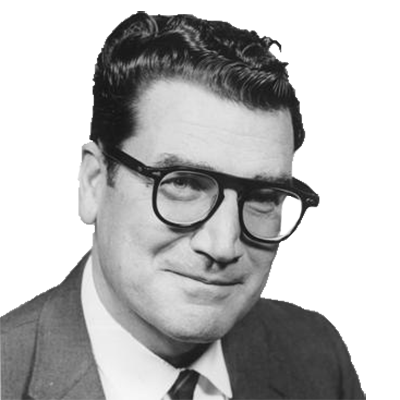 Jim Murray
Jim Murray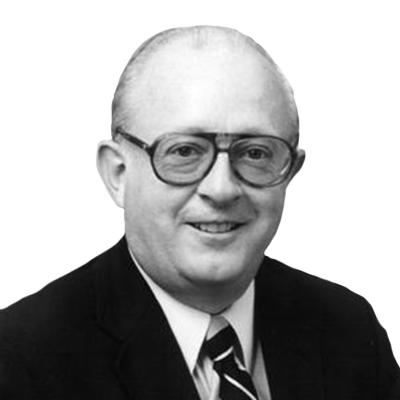 Dave Anderson
Dave Anderson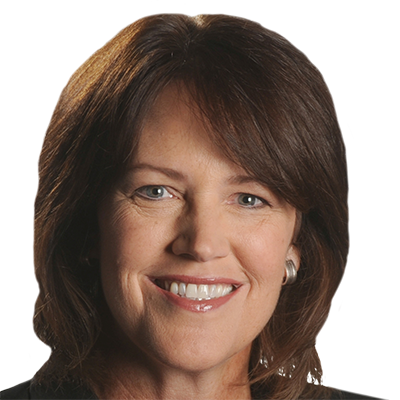 Christine Brennan
Christine Brennan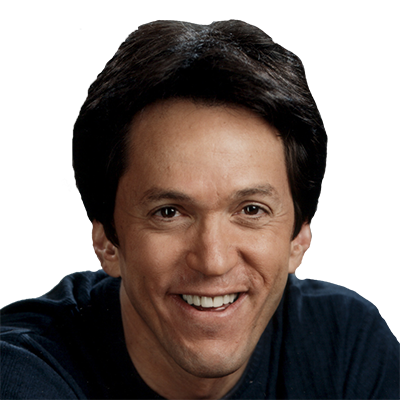 Mitch Albom
Mitch Albom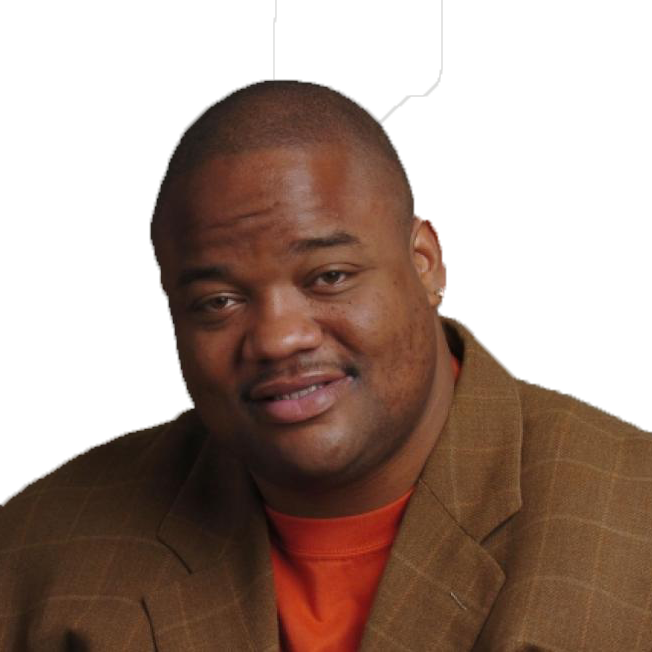 Jason Whitlock
Jason Whitlock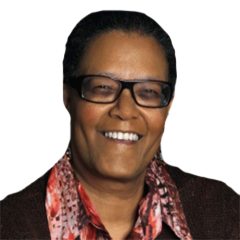 Claire Smith
Claire Smith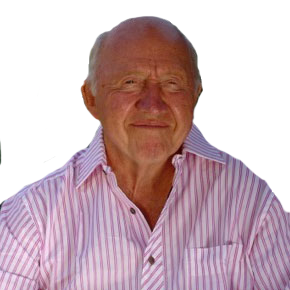 Bud Collins
Bud Collins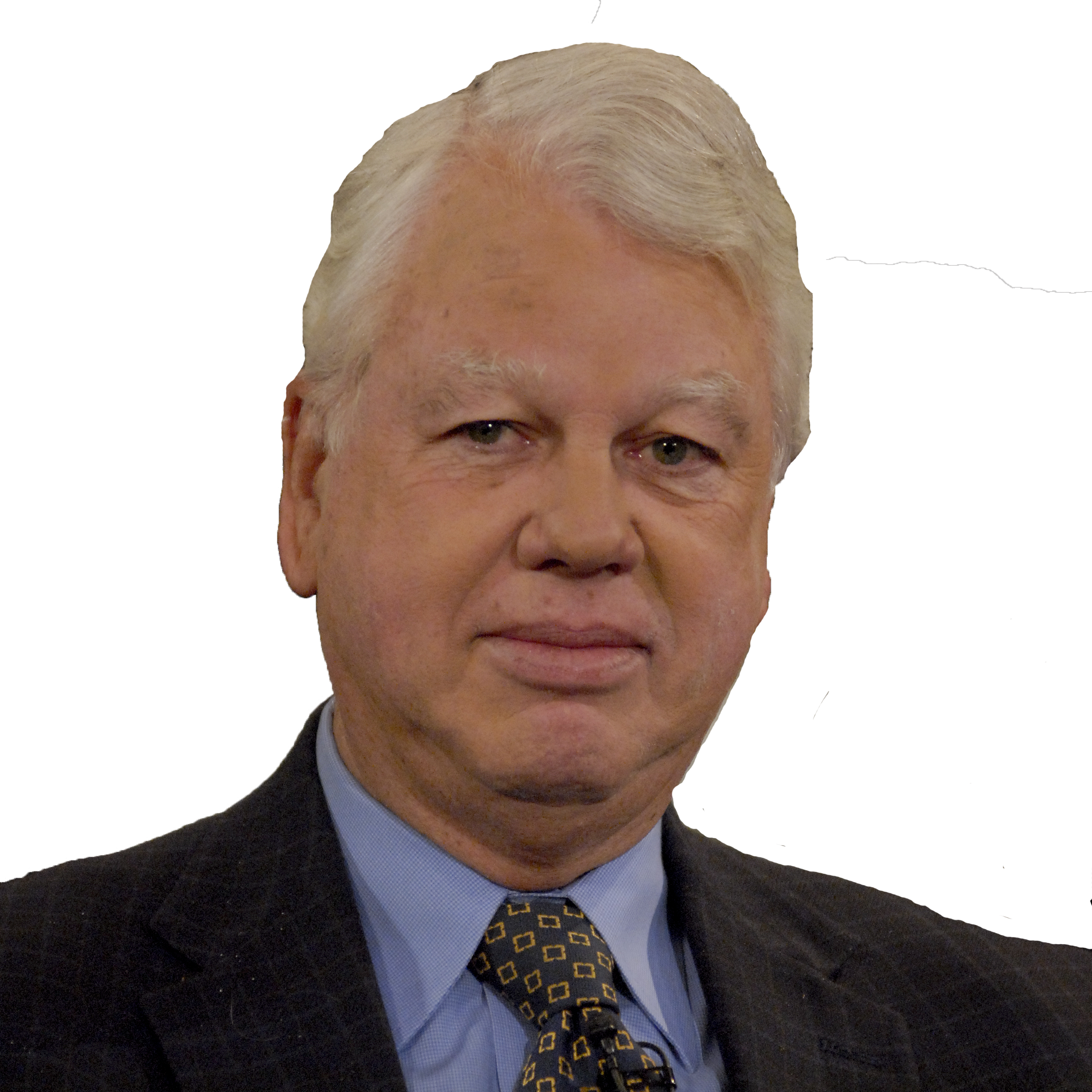 Bob Ryan
Bob Ryan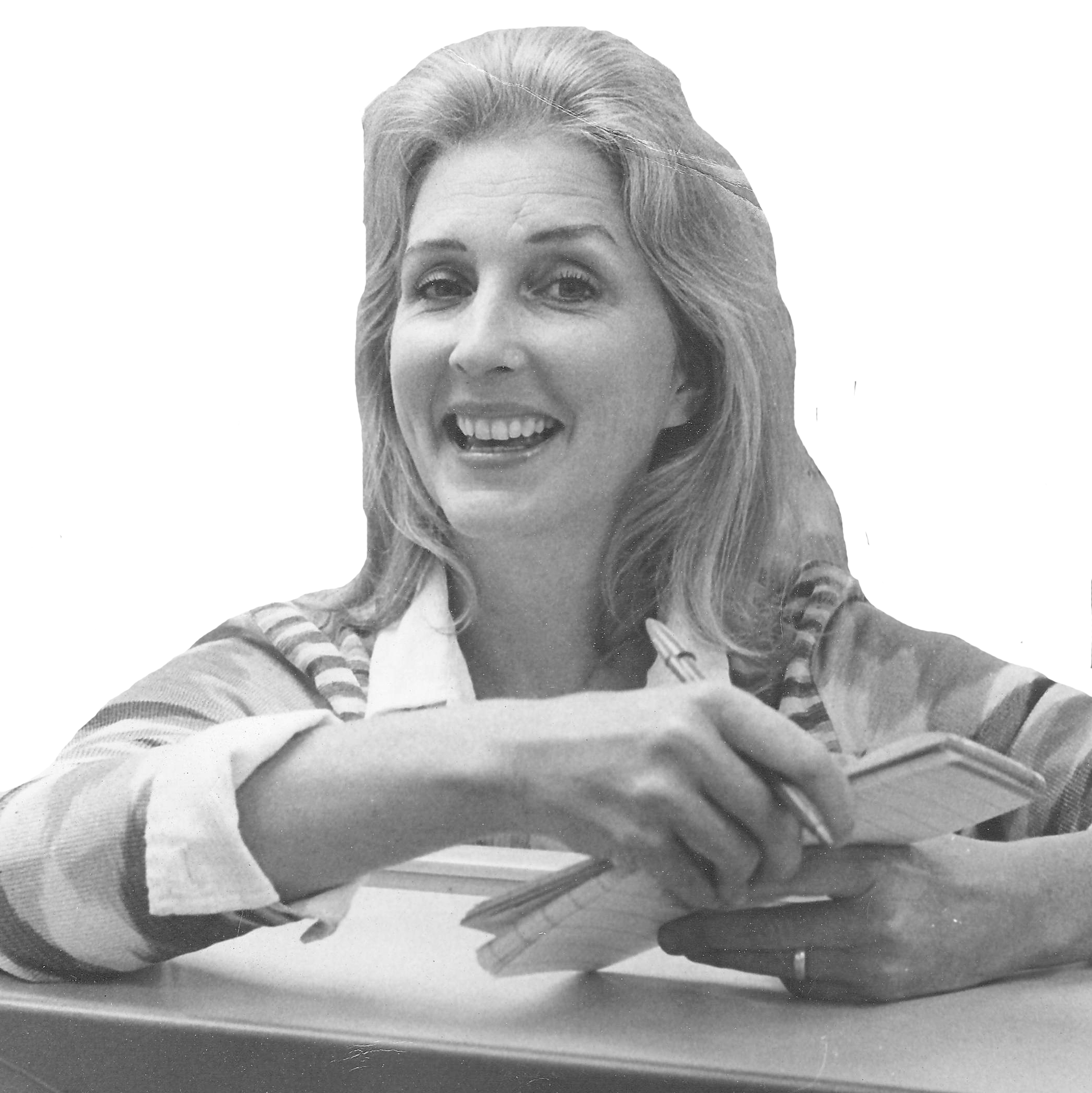 Joan Ryan
Joan Ryan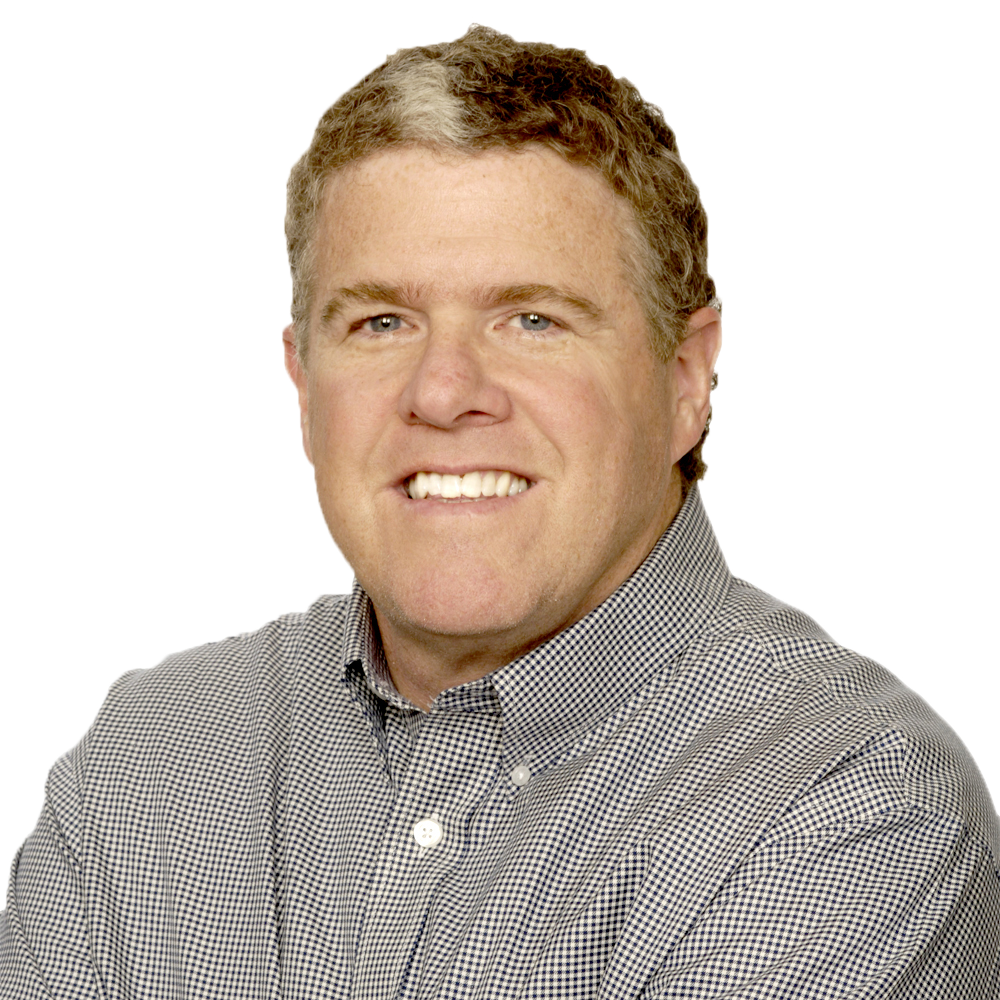 Peter King
Peter King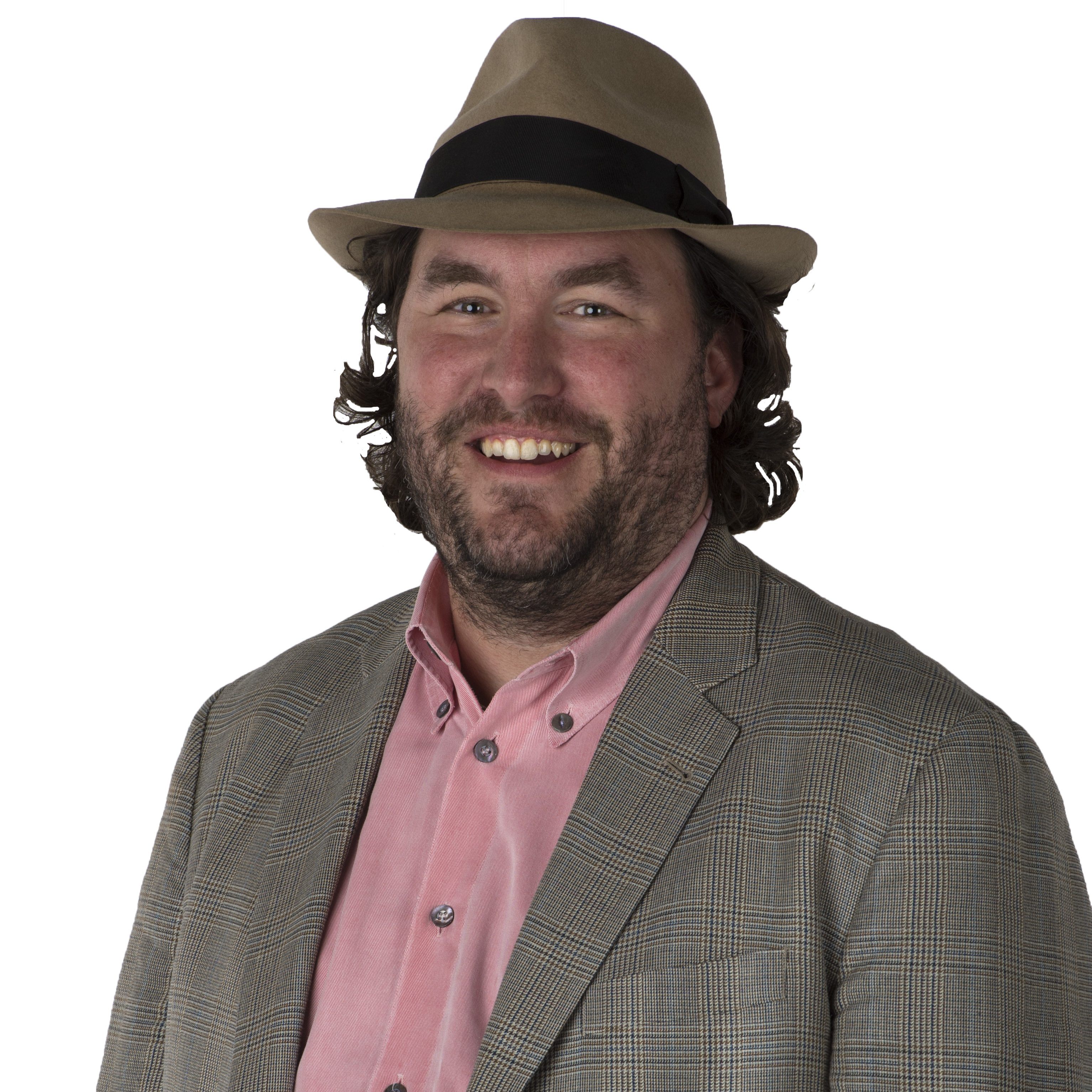 Wright Thompson
Wright Thompson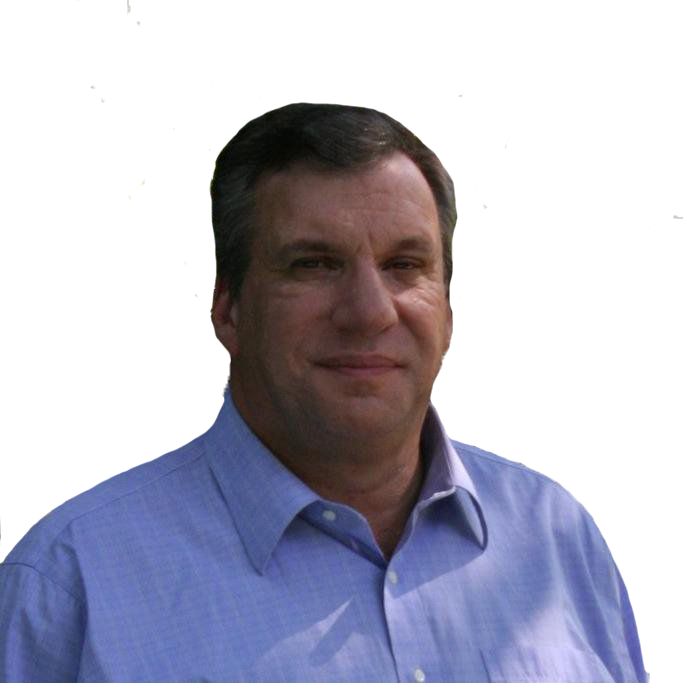 John Feinstein
John Feinstein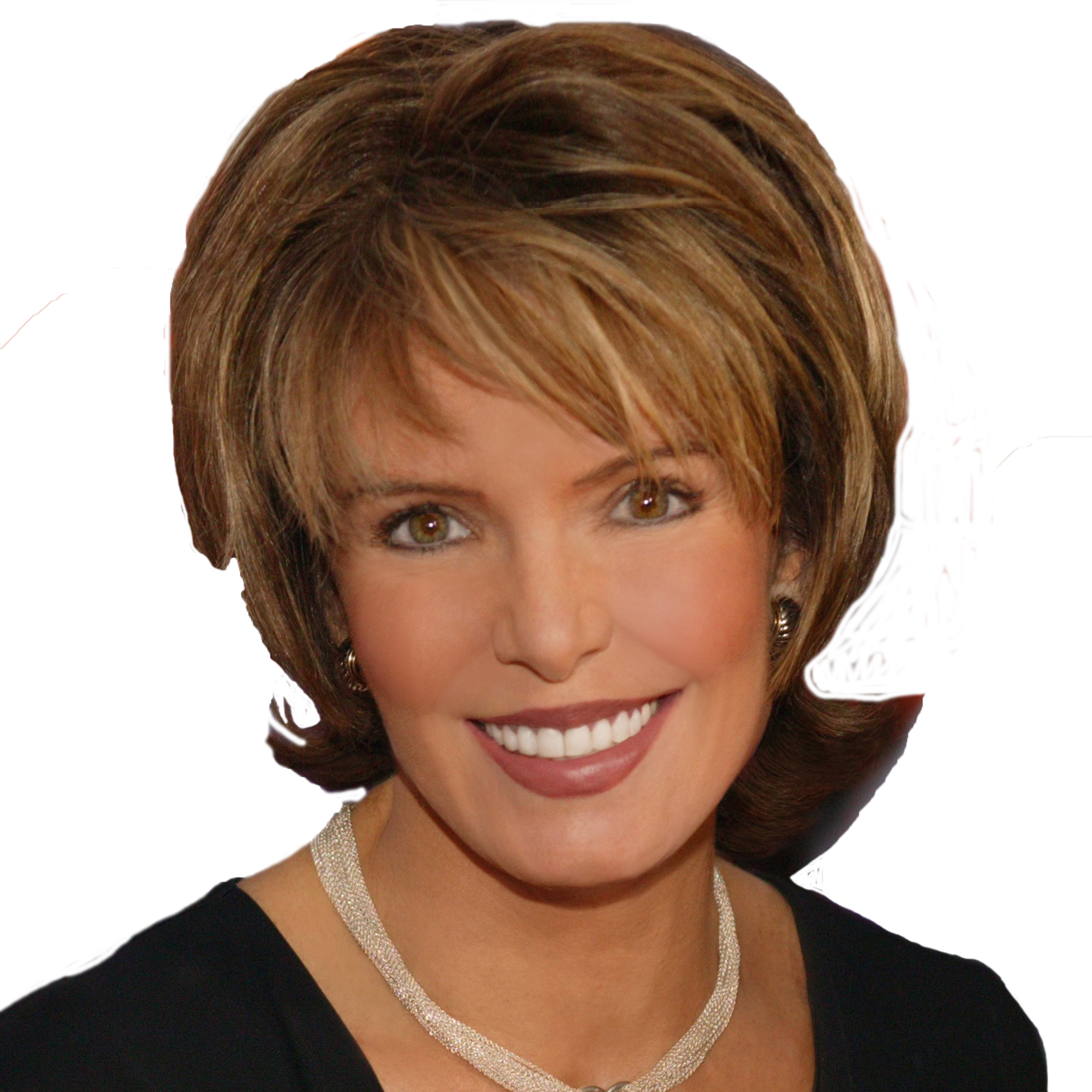 Lesley Visser
Lesley Visser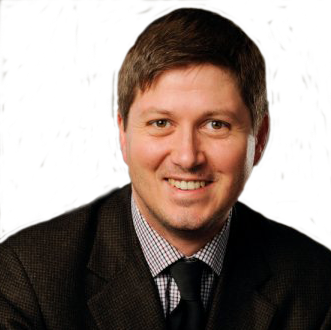 Will Leitch
Will Leitch Tim Kurkjian
Tim Kurkjian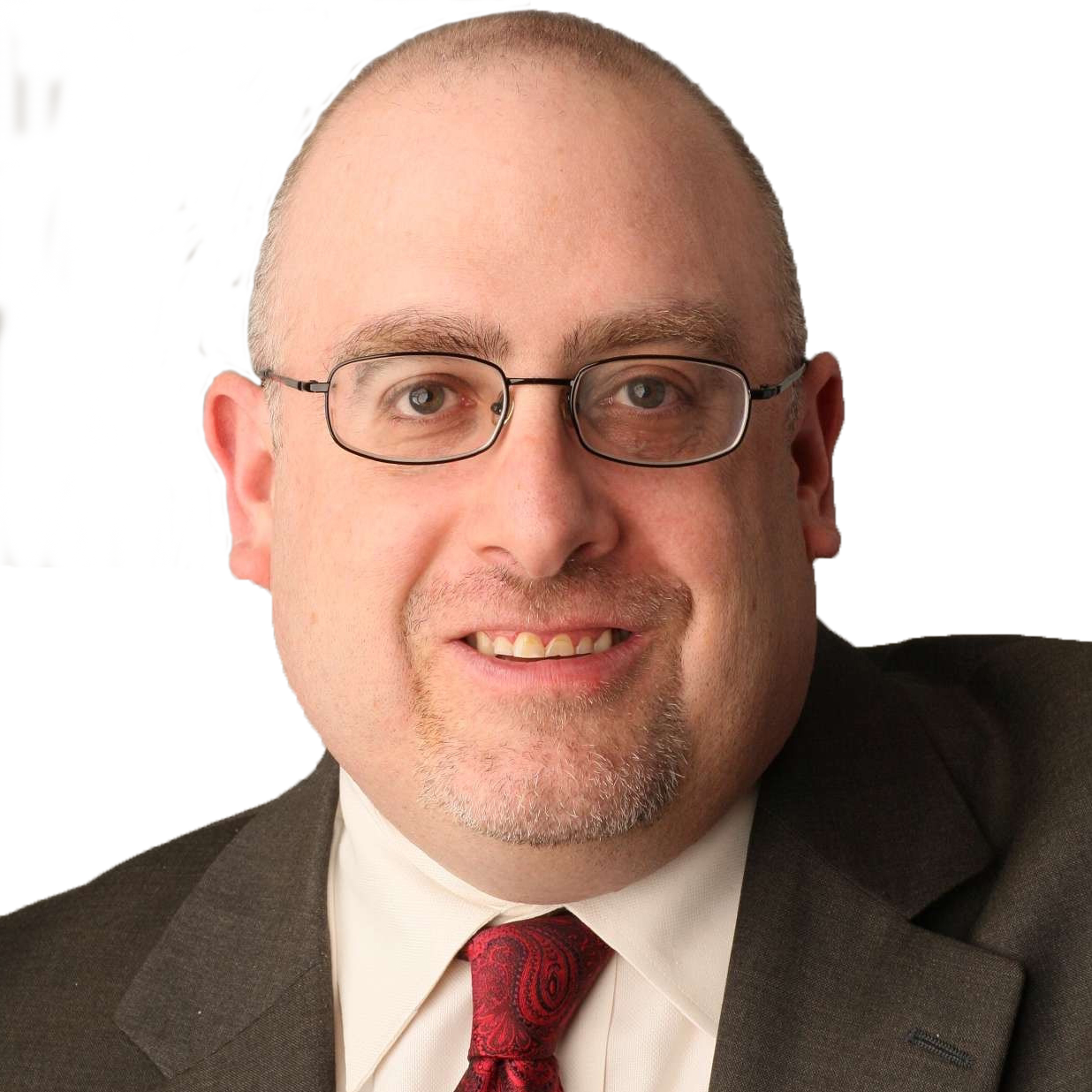 Joe Posnanski
Joe Posnanski
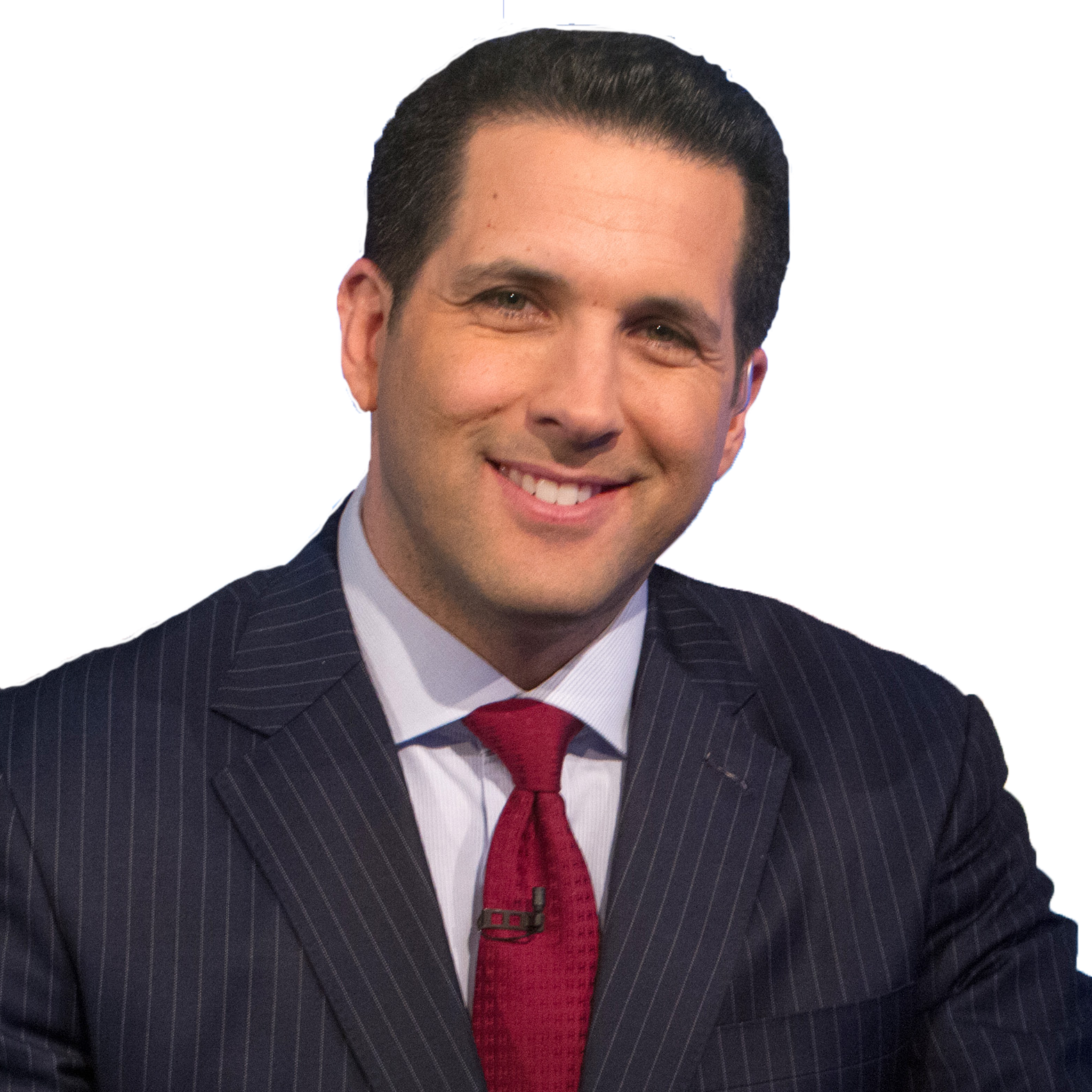 Adam Schefter
Adam Schefter
 Terry Taylor
Terry Taylor
 Frank Deford
Frank Deford
 Tom Boswell
Tom Boswell Neil Leifer
Neil Leifer Sam Lacy
Sam Lacy Jane Leavy
Jane Leavy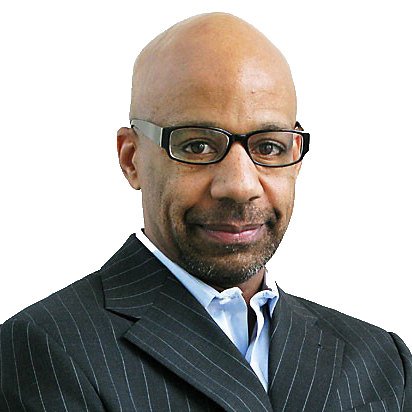 Kevin Blackistone
Kevin Blackistone Juliet Macur
Juliet Macur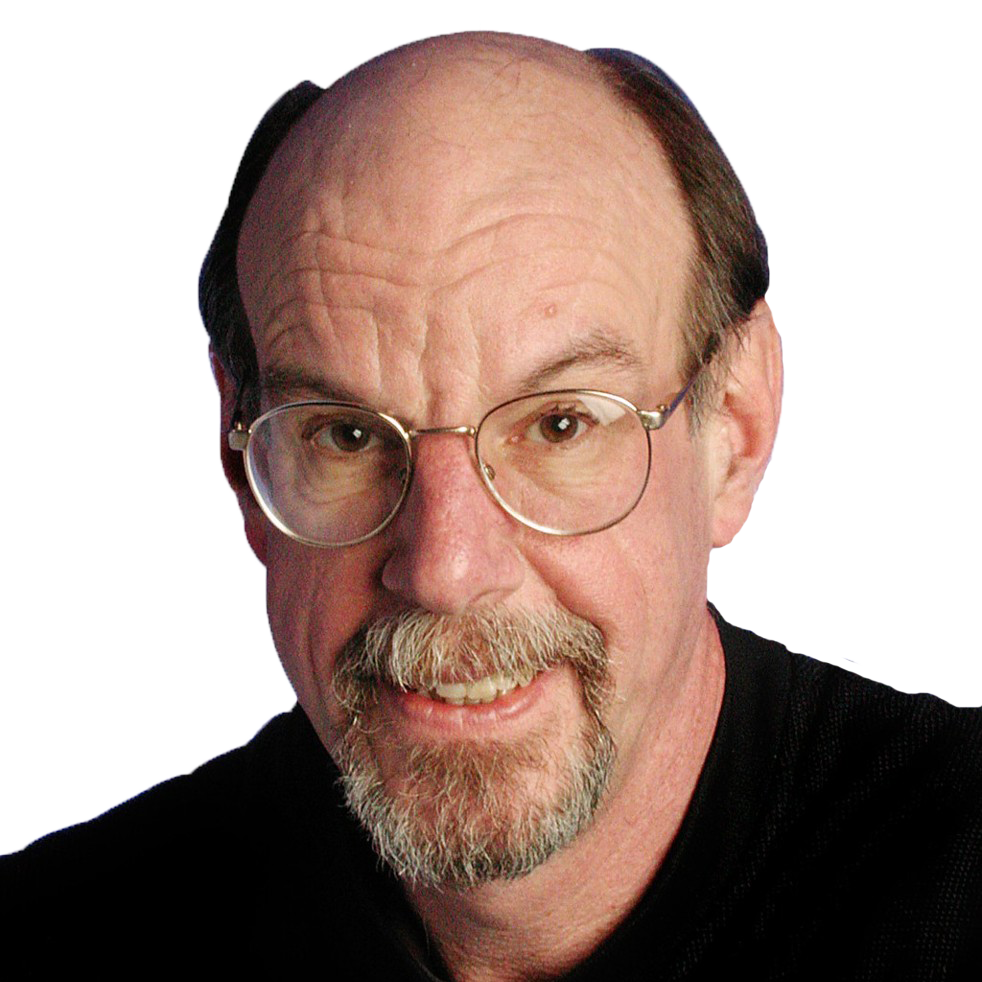 Andrew Beyer
Andrew Beyer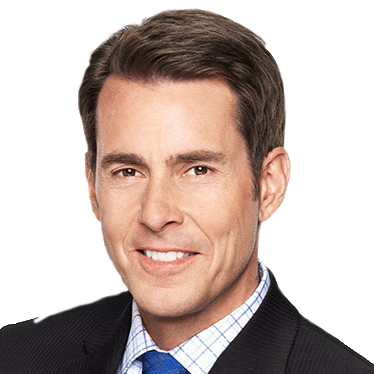 Tom Verducci
Tom Verducci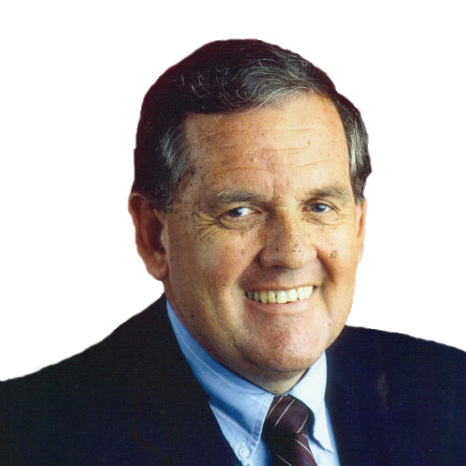 Hubert Mizell
Hubert Mizell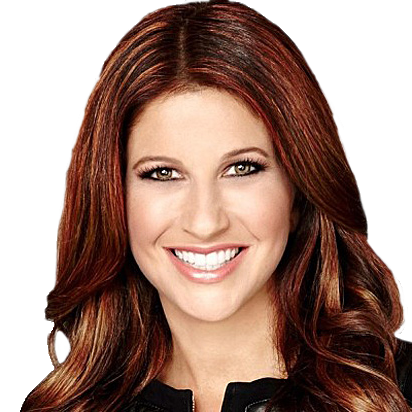 Rachel Nichols
Rachel Nichols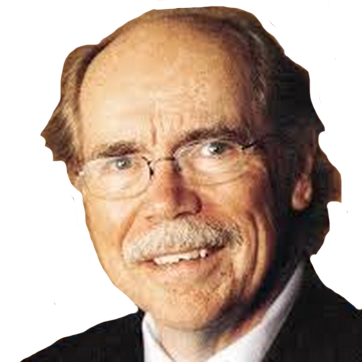 Dave Kindred
Dave Kindred Mike Lupica
Mike Lupica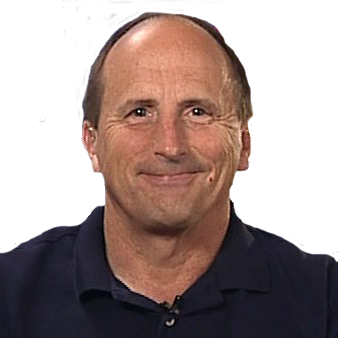 Richard Justice
Richard Justice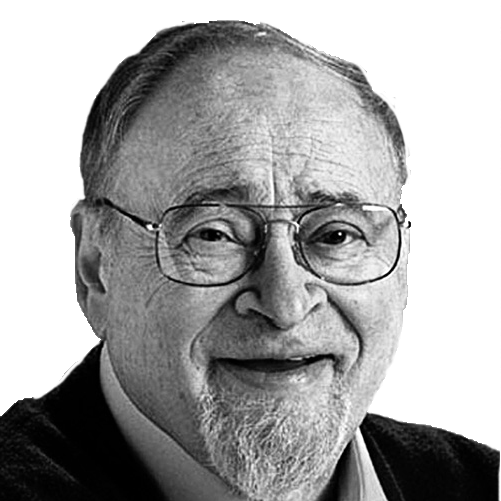 Jerry Izenberg
Jerry Izenberg Bill Plaschke
Bill Plaschke Kevin Van Valkenburg
Kevin Van Valkenburg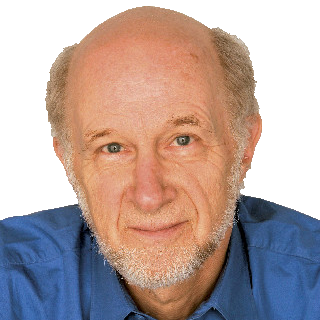 George Vecsey
George Vecsey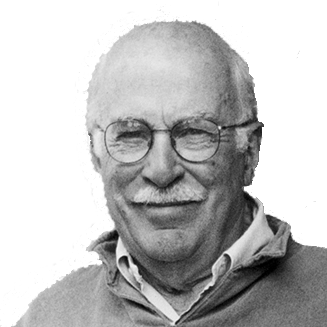 Roger Angell
Roger Angell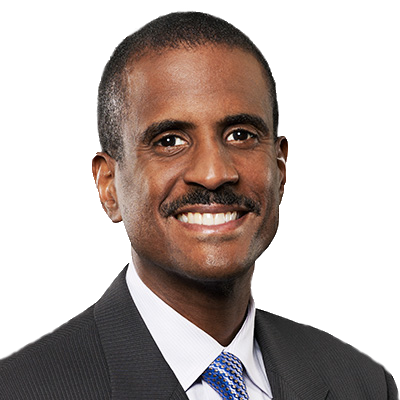 David Aldridge
David Aldridge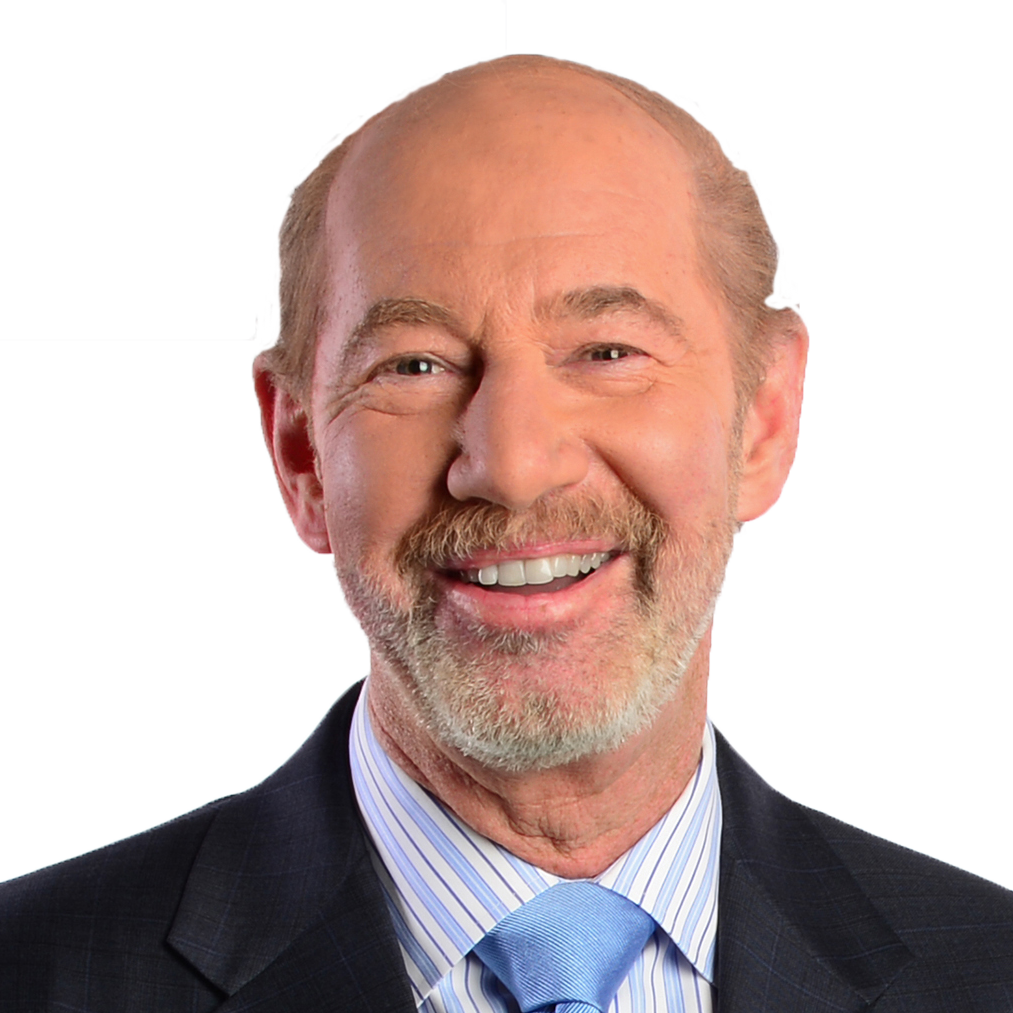 Tony Kornheiser
Tony Kornheiser Jackie MacMullan
Jackie MacMullan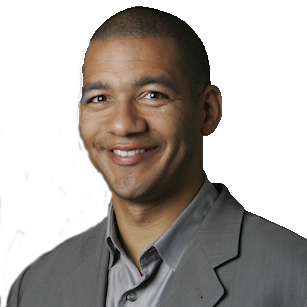 J.A. Adande
J.A. Adande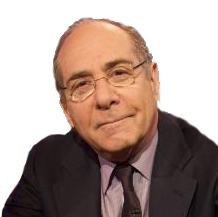 Robert Lipsyte
Robert Lipsyte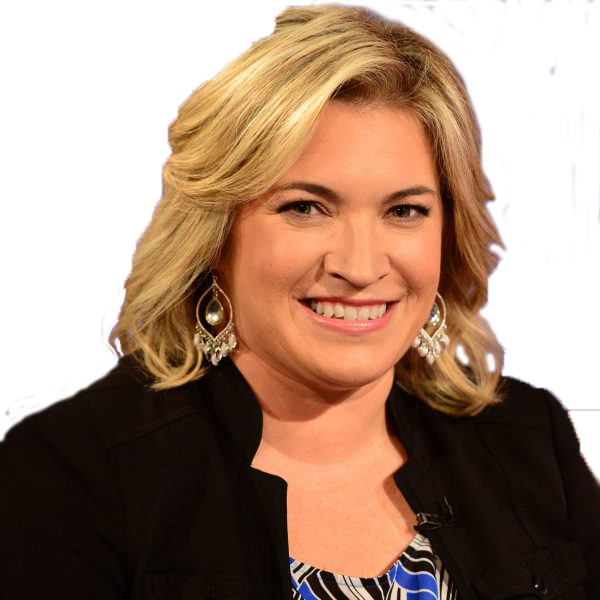 Ramona Shelburne
Ramona Shelburne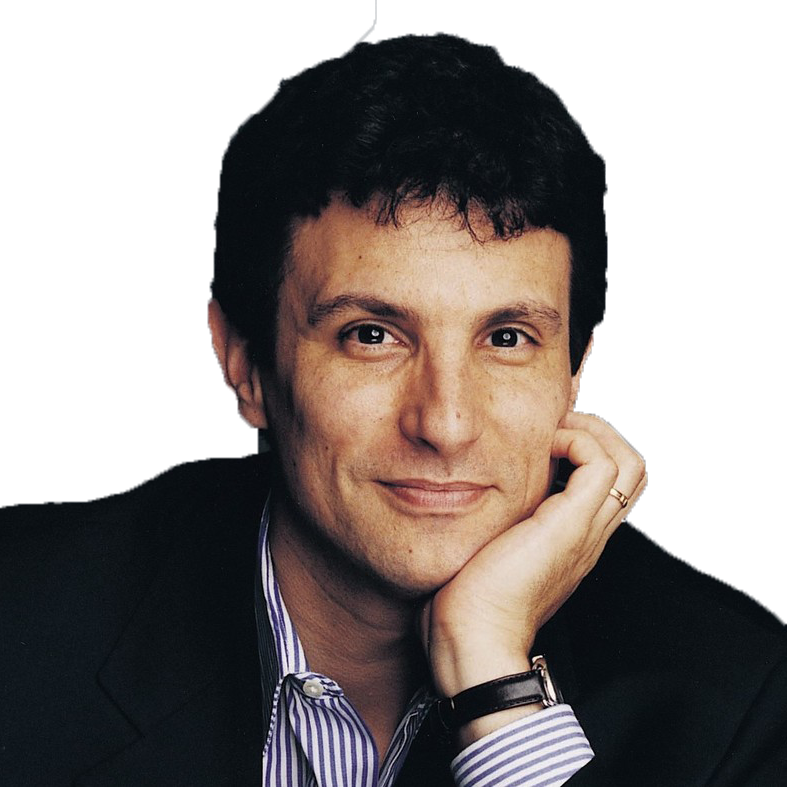 David Remnick
David Remnick Bryan Curtis
Bryan Curtis Chuck Culpepper
Chuck Culpepper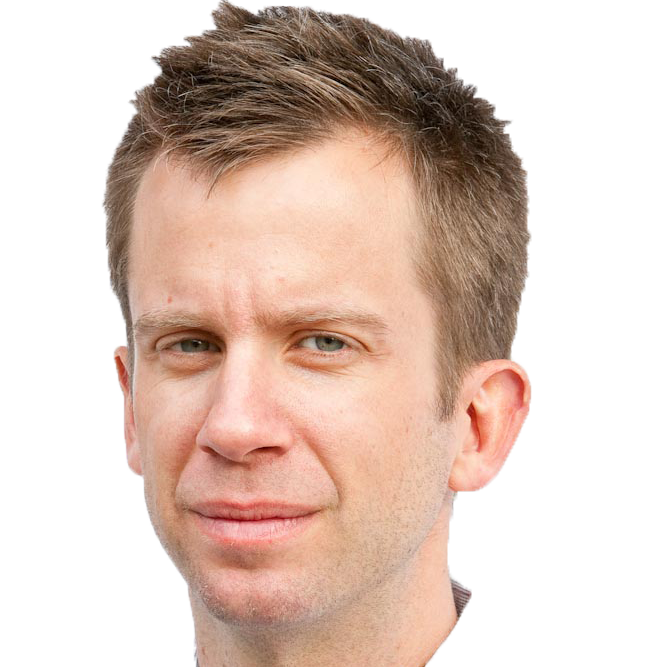 Jason Gay
Jason Gay Heidi Blake
Heidi Blake Dan Steinberg
Dan Steinberg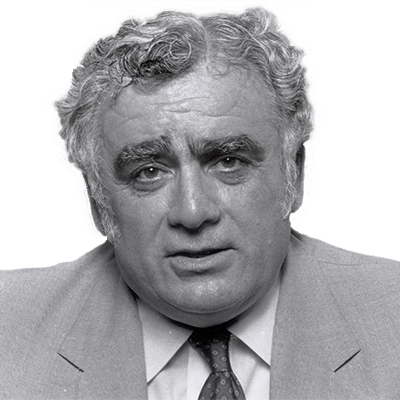 Jerome Holtzman
Jerome Holtzman Barry Svrluga
Barry Svrluga
